Horticulture Highlight: Styphnolobium japonicum
Jim Gorman July 24, 2025 Plants & Wildlife
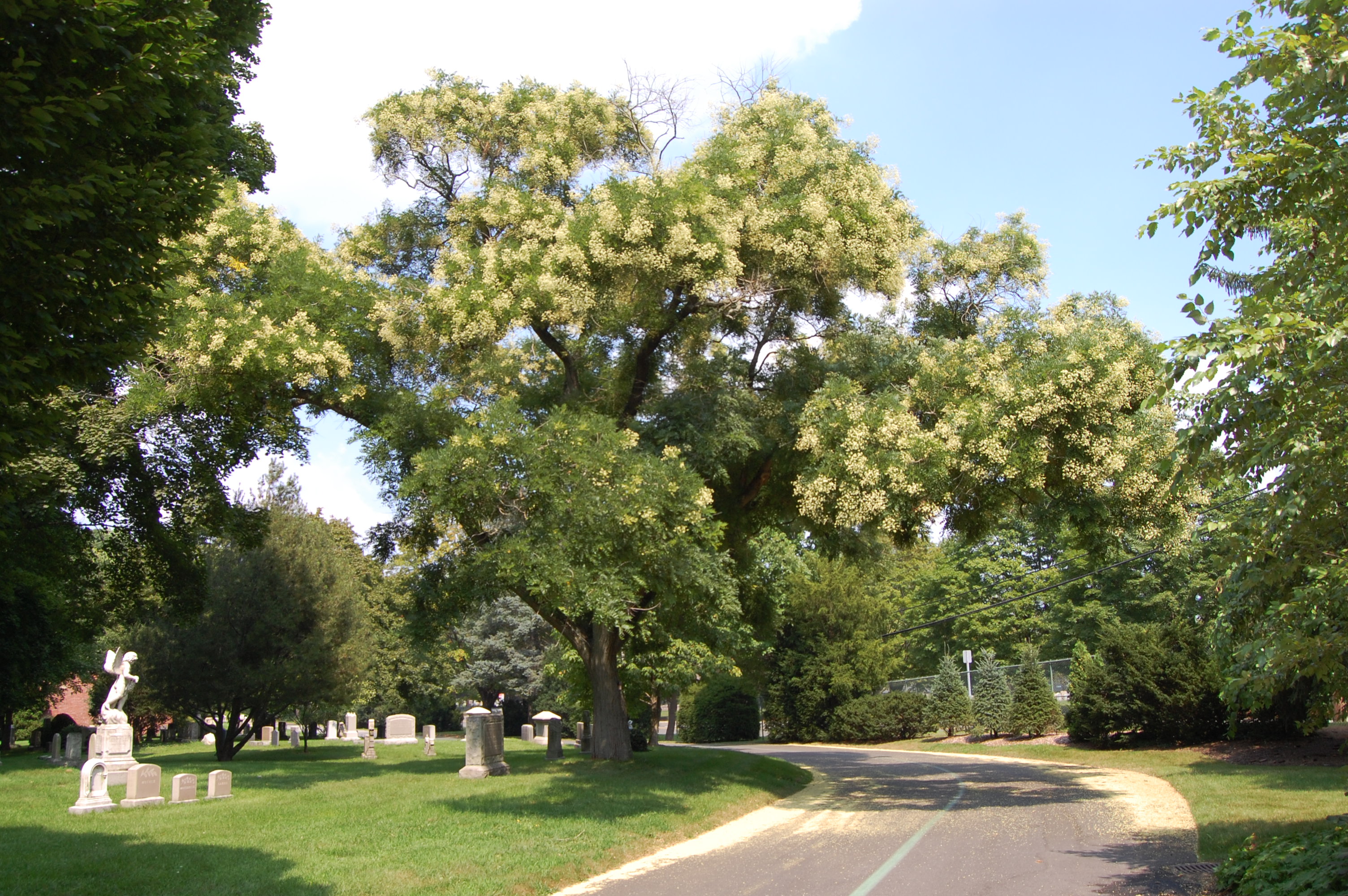
…It beckons, and it baffles –
Emily Dickinson
Philosophy, don’t know -
And though a Riddle, at the last -
Sagacity must go –
To guess it, puzzles scholars –
To gain it, Men have borne
Contempt of Generations…
Styphnolobium (Stiff–no-lobe–ee-um) japonicum, Scholar’s Tree and/or Pagoda Tree, are indigenous to China and Korea despite its misleading specific name. These are beautiful trees when covered in profuse blossoms during late-July and August. Humans have been planting trees to memorialize their deceased for over two millennia. During the historic long-lasting Zhou Dynasty (1046 BC–240 BC) in China, it has been recorded that these trees were often planted near tombs of high officials and scholars. Introduced into Japan by Buddhist priests perhaps a thousand years ago for planting around temples there, led to its other common name, Japanese Pagoda Tree.
Its first introduction into Western Europe is credited to a French Jesuit priest, Father Pierre d’Incarville (1706-1757) who studied botany before commencing his missionary efforts in China. In about 1747 he collected seeds from trees growing in Peking that he sent to the Jardin des Plantes in Paris where they were successfully grown in French soil. By 1753 Scholar’s Trees/Pagoda Tree were also growing in the Royal Botanic Gardens, Kew, England. At the beginning of the nineteenth-century they could be found growing in gardens in the United States.
At maturity these large trees may reach 50-80 feet in height with broadly oval or flattened crowns. The 6-10” long compound leaves are composed of 7-15 leaflets, each 1-2” long. These compound leaves provide a refined, light dappled shade and the small leaflets cause little autumn maintenance.
It is the erect 12” long branching panicles of creamy-white flowers that focus our attention though, during the languid summer days. As a member of the pea family or Fabaceae, the shape of individual flowers may be unfamiliar to many. Each ½” flower consists of an open upright standard petal, two lateral wing petals and two slightly fused bottom petals referred to as the keel. These flowers open over a period of several weeks and will ultimately mask the ground white when they fall. When successfully pollinated, primarily by bees, the flowers develop 2-4” long green pods with up to six seeds. Curiously there is a distinct constriction between each seed, creating an effect like a short string of beads.
On a future visit to Mount Auburn, look for some of our Scholar’s Trees/Pagoda Trees on Mistletoe Path, Buttercup Path, Opal Path, Sibyl Path, Hummingbird Path, Ailanthus Path, Story Road, Magnolia Ave, Vesper Ave. or Western Ave. among other locations.

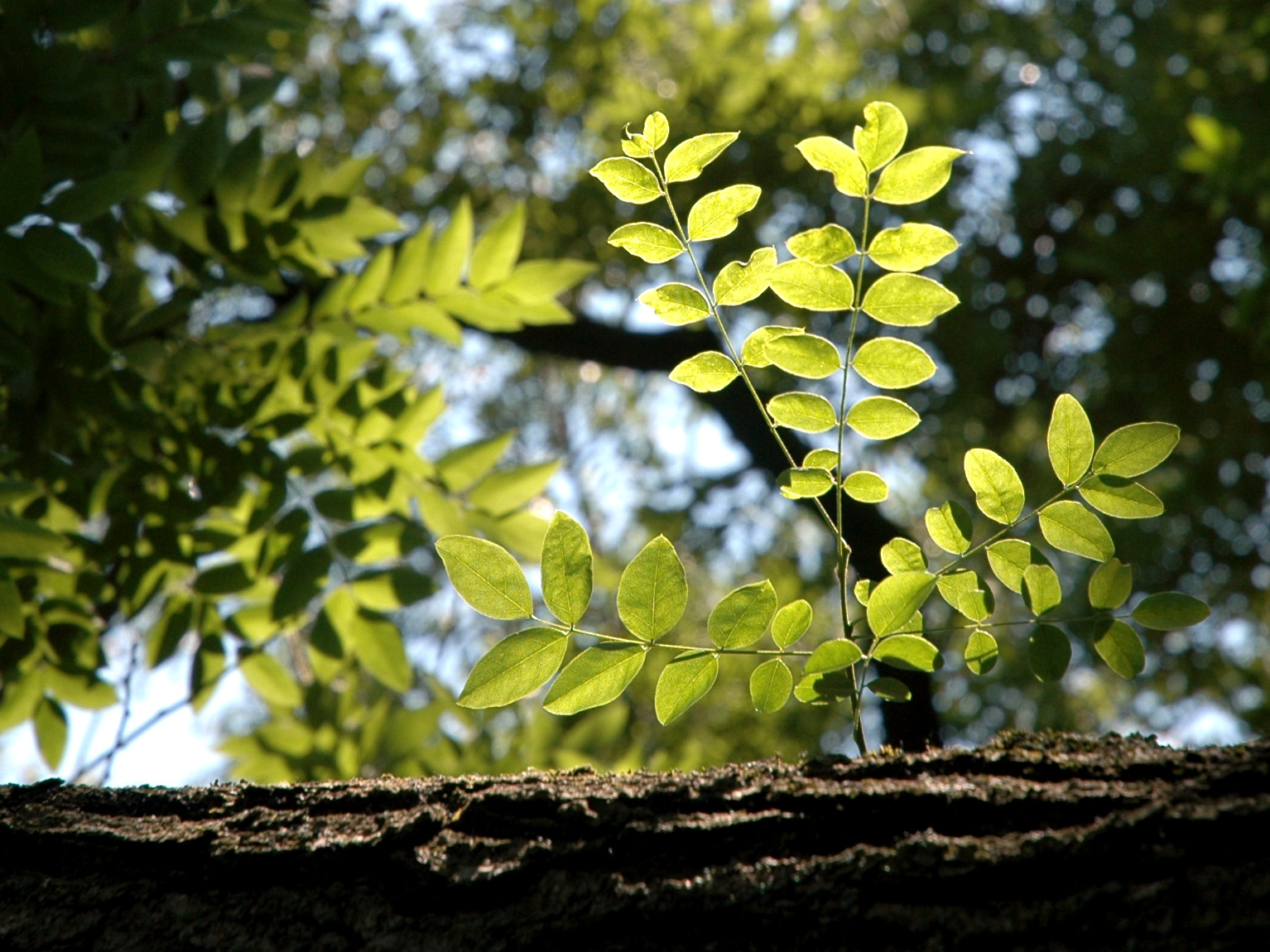
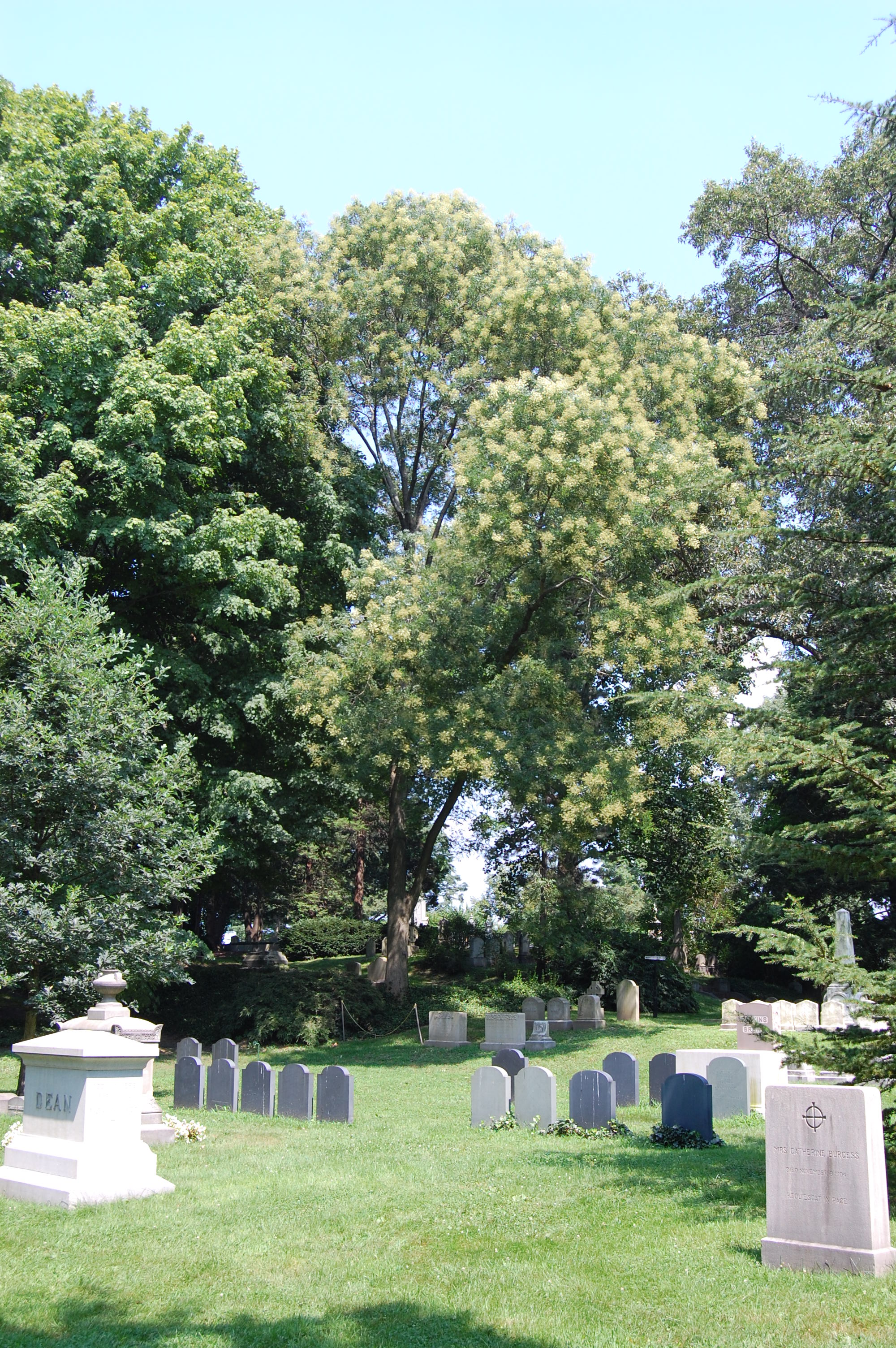
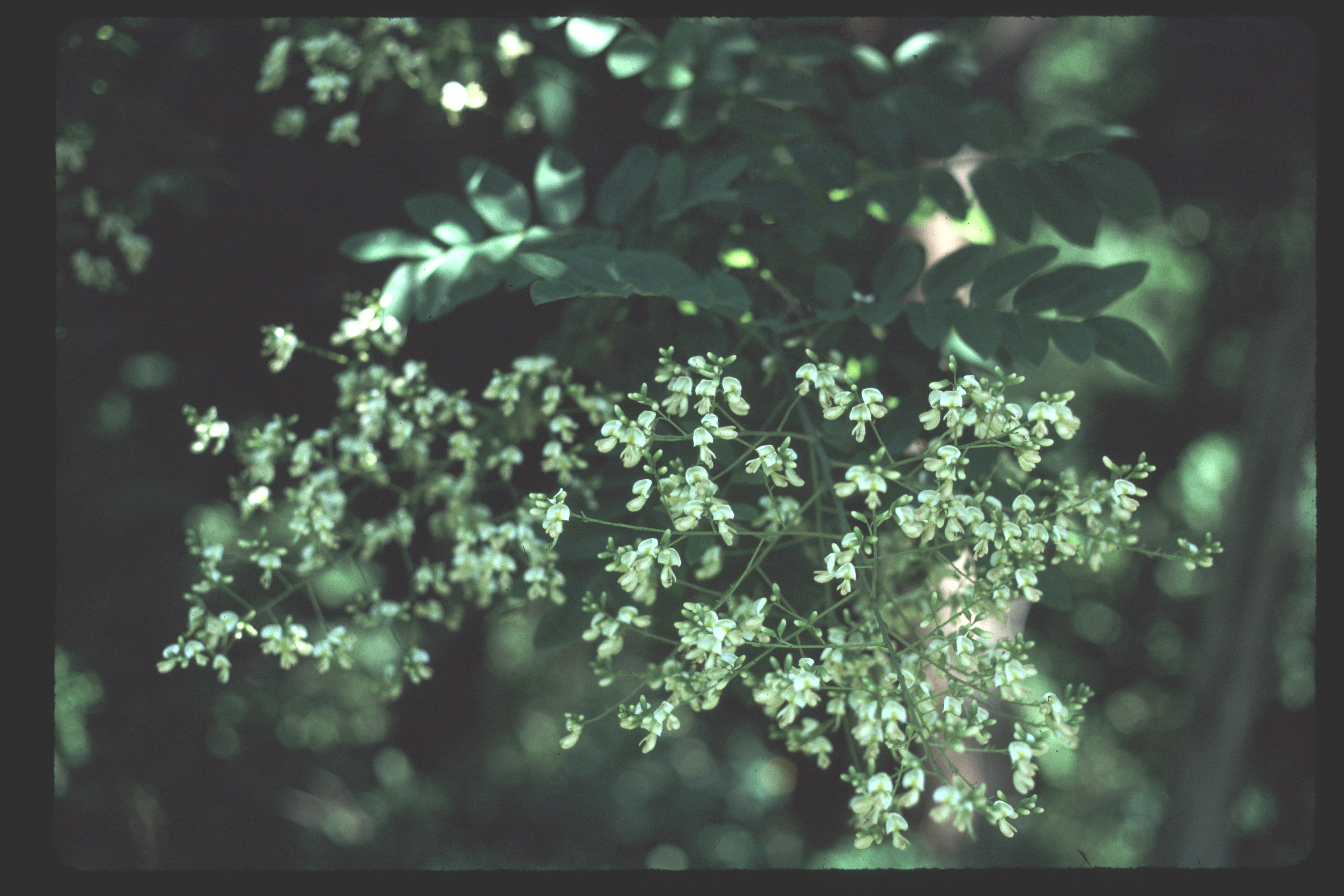
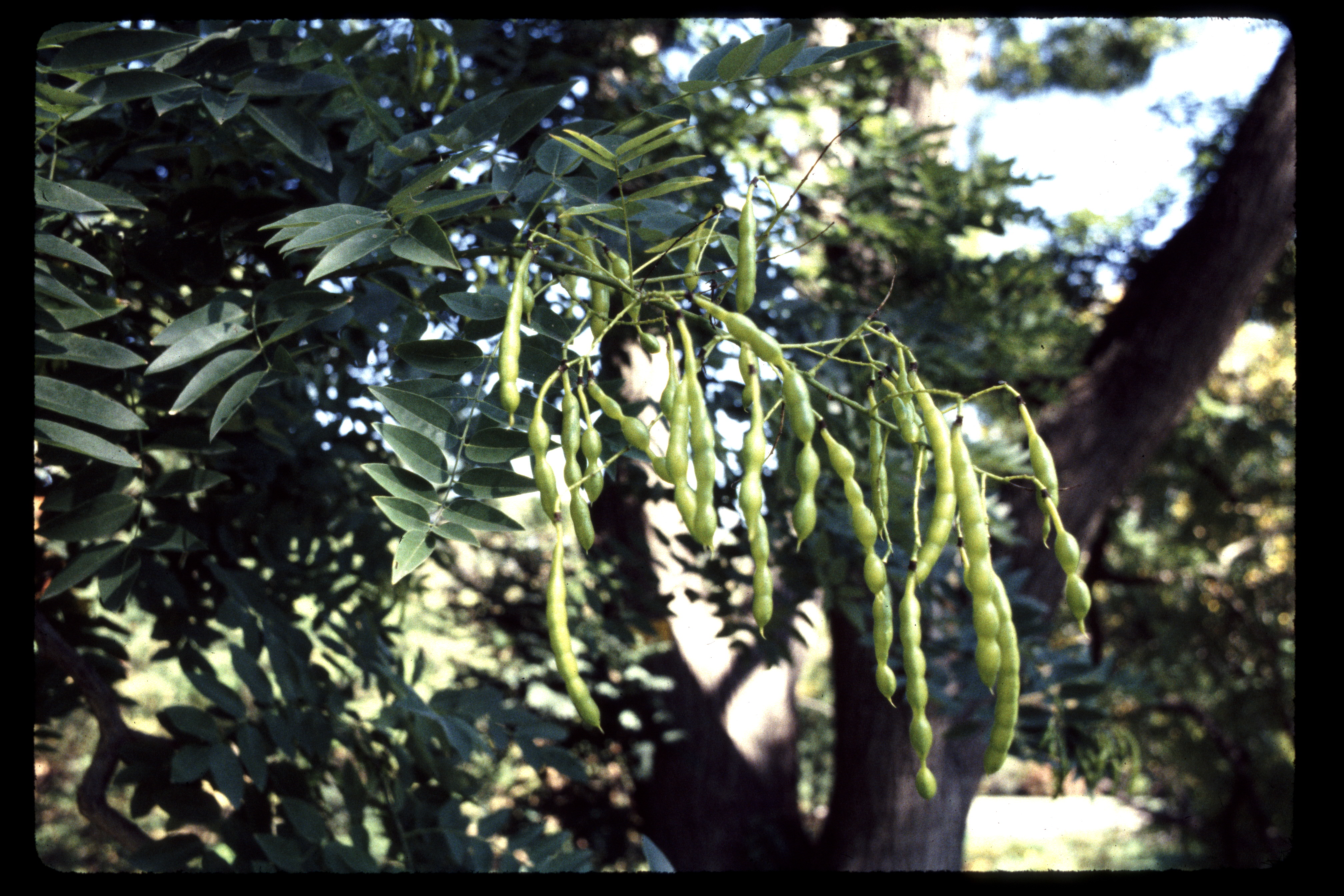

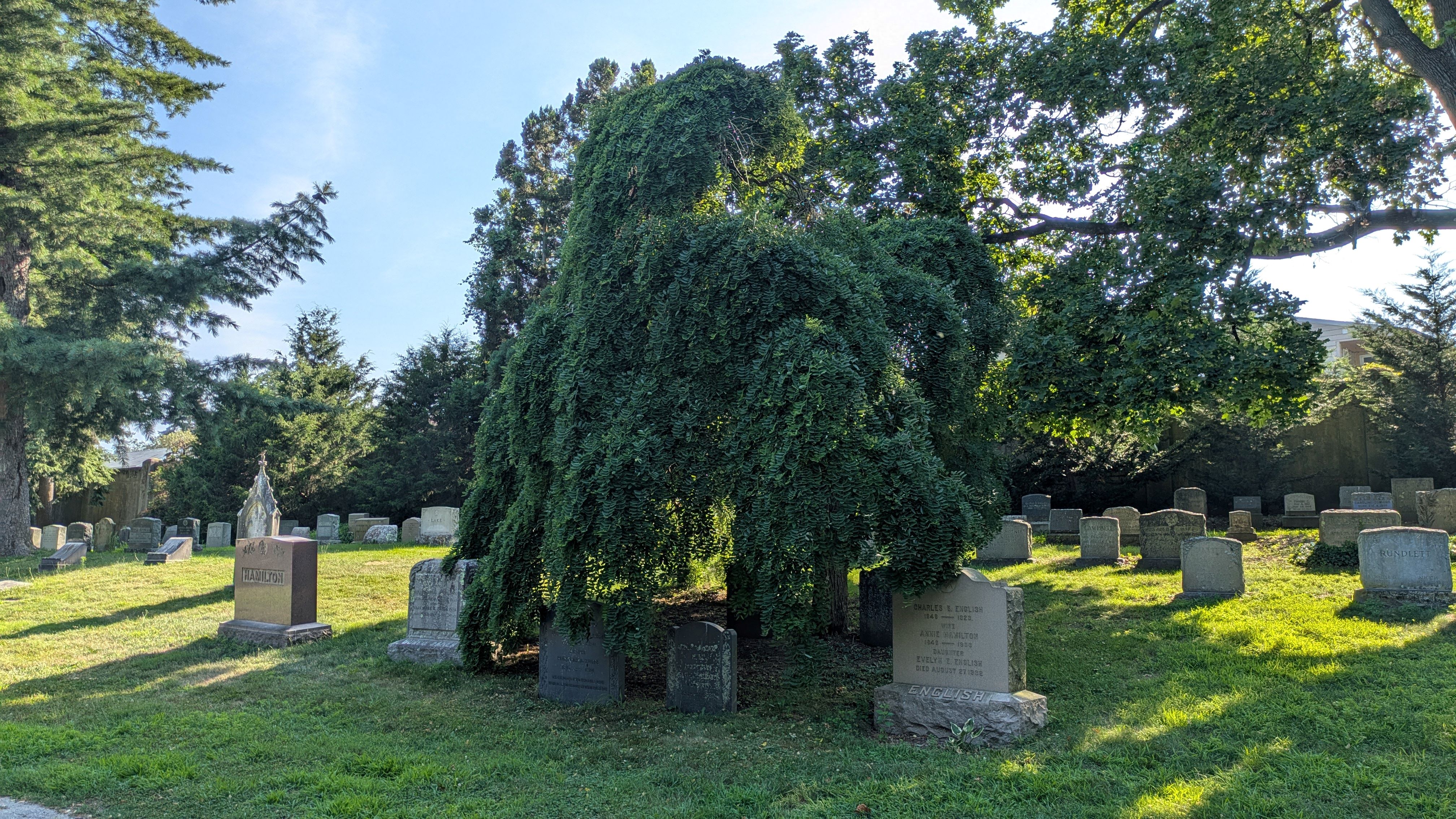
Comments
Comments for this post are closed